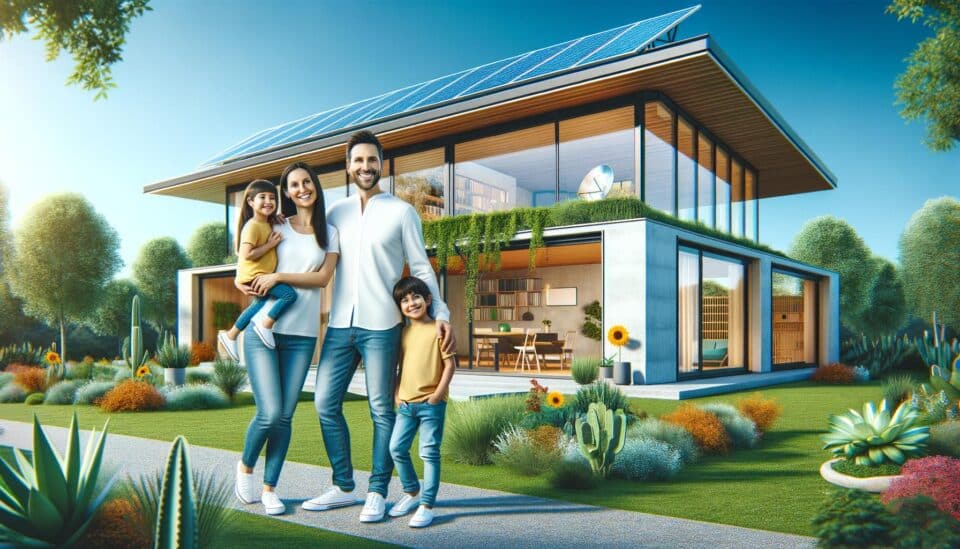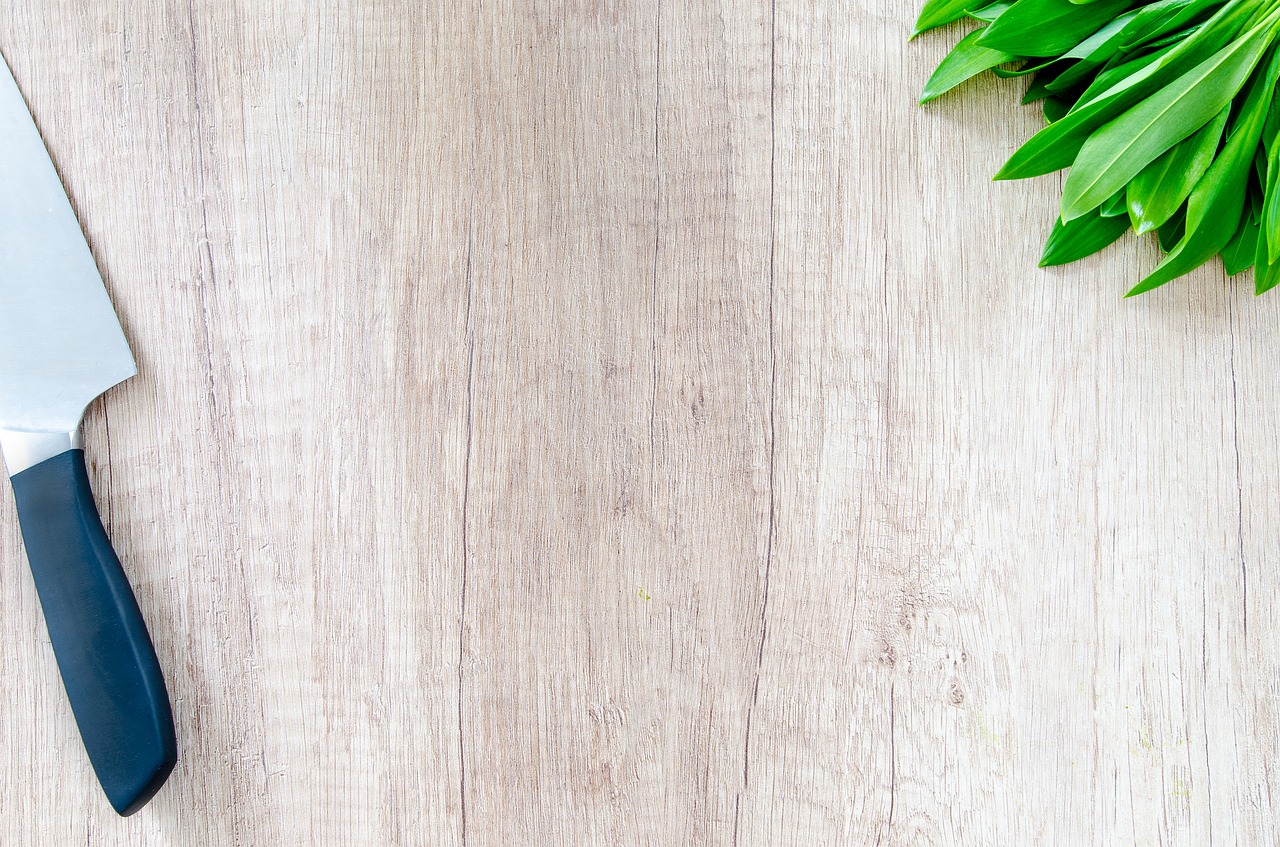At Global Positive News Network, we’re excited to explore the world of positive energy homes: creating passive houses for better living. Passive houses represent a revolutionary approach to sustainable architecture, offering unparalleled comfort and energy efficiency.
These innovative structures are designed to maintain a consistent indoor temperature year-round, drastically reducing energy consumption and environmental impact. In this post, we’ll dive into the principles, construction techniques, and benefits of passive houses, empowering you to make informed decisions about sustainable living.
What Are Passive Houses?
The Passive House Standard
Passive houses represent a groundbreaking approach to sustainable living, offering exceptional comfort and energy efficiency. The Passive House standard, developed by the Passive House Institute in Germany, sets strict criteria for energy consumption. To meet this standard, a building must use no more than 15 kWh per square meter annually for heating and cooling. This is about 41.5% less energy than typical buildings consume (according to a statistically secured study).
Key Components of Passive Houses
Insulation
Insulation plays a vital role in passive house design. Walls, roofs, and foundations are typically insulated to R-values of 40 or higher, far exceeding conventional building codes. This level of insulation significantly reduces heat transfer, keeping interiors warm in winter and cool in summer.
Airtightness
Airtightness is another critical factor. Passive houses are built to be extremely airtight, with a maximum air leakage rate of 0.6 air changes per hour at 50 Pascal pressure. This tight seal prevents drafts and moisture problems while improving overall energy efficiency.
Ventilation Systems
Ventilation systems in passive houses provide fresh air without compromising energy efficiency. Most use heat recovery ventilators (HRVs) or energy recovery ventilators (ERVs), which can recover up to 90% of the heat from outgoing air (as reported by the U.S. Department of Energy).
Benefits for Occupants and the Environment
Passive houses offer numerous advantages to their occupants. The consistent indoor temperature and humidity levels create a comfortable living environment year-round. The advanced ventilation systems ensure excellent indoor air quality, which can particularly benefit individuals with allergies or respiratory issues.

From an environmental perspective, the reduced energy consumption of passive houses translates to a significantly lower carbon footprint. A study by the Passive House Institute found that over a 20-year period, a passive house can reduce CO2 emissions by up to 80% compared to a conventional building.
Moreover, the durability of passive house construction often leads to lower maintenance costs over time. The high-quality materials and attention to detail in construction can result in buildings that last longer and require fewer repairs.
While the initial construction costs of a passive house may be 5-10% higher than conventional buildings, the long-term energy savings often offset this investment. Many passive house owners report energy bills that are 70-90% lower than those in traditional homes.
As we face global environmental challenges, passive houses offer a practical and effective solution for reducing energy consumption in the building sector. These principles create homes that are not only comfortable and efficient but also contribute to a more sustainable future. Now, let’s explore the essential elements that make passive house construction so effective.
Building Blocks of Passive House Excellence
High-Performance Windows and Doors
Passive houses rely on windows and doors engineered to minimize heat loss and maximize solar gain. Triple-pane windows with low-emissivity coatings and insulated frames are standard. These windows can save up to 30% on heating and cooling energy, significantly outperforming conventional double-pane windows.

Doors in passive houses feature high insulation and multiple seals to prevent air leakage. Some manufacturers offer products with U-values as low as 0.61 W/m²K (about three times more efficient than standard exterior doors).
Super-Insulated Building Envelope
The walls, roof, and foundation of a passive house wrap in a thick blanket of insulation. Passive houses often use insulation thicknesses of 300mm or more in walls and up to 450mm in roofs. The goal is to achieve R-values of 40 or higher, which is about double what most building codes require.
The Passive House Institute recommends U-values of 0.15 W/m²K or lower for opaque building elements in cool temperate climates. This level of insulation reduces heat loss and contributes to a more stable indoor temperature, enhancing comfort year-round.
Advanced Ventilation Systems
Mechanical ventilation with heat recovery (MVHR) is a cornerstone of passive house design. These systems continuously supply fresh air while recovering heat from the exhaust air. High-quality MVHR units can recover up to 70-85% of the heat energy in the air, which significantly reduces the energy needed for heating and cooling.
Thermal Bridge-Free Design
Thermal bridges are areas in the building envelope where heat can easily escape, which compromises the overall insulation performance. Passive house design tries to eliminate these weak points through careful detailing and construction techniques.
Common strategies include using continuous insulation layers, thermally broken window frames, and specialized foundation systems. For example, structural thermal breaks can reduce heat loss at balcony connections by up to 90% compared to standard construction methods.
These essential elements work together to create the remarkable energy efficiency and comfort of passive houses. However, the implementation of these principles can vary significantly depending on the climate. Let’s explore how passive house standards adapt to different environmental conditions.
How Passive Houses Adapt to Different Climates
Cold Climate Considerations
Passive houses in cold climates prioritize heat retention and solar gain. The Passive House Institute recommends insulation with U-values ranging from 0.10 to 0.15 W/(m²K) for external walls, floor slabs, and roof areas in Central European climates. This level of insulation can significantly reduce heating needs compared to conventional buildings.

Window placement is critical in cold regions. South-facing windows should make up 12-15% of the floor area to optimize solar heat gain. These windows must have U-values below 0.8 W/m²K to prevent heat loss during long winter nights.
Hot Climate Adaptations
Hot climate passive houses focus on keeping heat out. External shading devices, such as overhangs or louvers, can reduce cooling loads by up to 30%. The National Renewable Energy Laboratory reports that proper shading can decrease indoor temperatures by 8-15°F.
Reflective roofing materials with high solar reflectance index (SRI) values are essential. A study by the Lawrence Berkeley National Laboratory found that cool roofs can lower the average surface temperature, significantly decreasing cooling energy use.
Temperate Climate Strategies
Passive houses in temperate climates must balance heating and cooling needs. This often involves flexible shading systems that adjust seasonally. Automated external blinds can reduce solar heat gain by up to 80% in summer while allowing beneficial heat gain in winter.
Thermal mass plays a key role in temperate climates. Materials with high thermal mass, such as concrete or stone, help regulate indoor temperatures. These materials absorb excess heat during the day and release it at night, reducing temperature fluctuations by 3-6°F.
Humidity and Moisture Control
Moisture control is vital for passive houses in all climates. In humid regions, energy recovery ventilators (ERVs) are preferred over heat recovery ventilators (HRVs). ERVs can transfer up to 50% of the moisture from incoming air to outgoing air, helping maintain comfortable humidity levels while saving energy.
For areas prone to high humidity, passive house designers often specify vapor-open materials for the building envelope. These materials (such as wood fiber insulation) allow moisture to pass through, reducing the risk of condensation and mold growth within walls.
Final Thoughts
Passive houses represent a significant leap forward in sustainable architecture. These structures offer a blueprint for positive energy homes, creating better living environments through superior insulation, airtightness, and efficient ventilation. Passive houses deliver unparalleled comfort and energy savings while playing a crucial role in reducing carbon emissions and combating climate change.

The adoption of passive house standards will accelerate as awareness of environmental issues and energy costs increases. More people recognize the long-term value of these high-performance buildings, and some regions incorporate passive house principles into building codes. Governments and municipalities offer incentives for their implementation, further driving the shift towards sustainable construction.
We at Global Positive News Network believe passive houses pave the way to a more sustainable and positive future. Individuals can make a tangible impact on their energy consumption while enjoying superior indoor comfort and air quality. We encourage our readers to explore passive house design in their own projects and visit Global Positive News Network for more stories that inspire hope and positive change.




